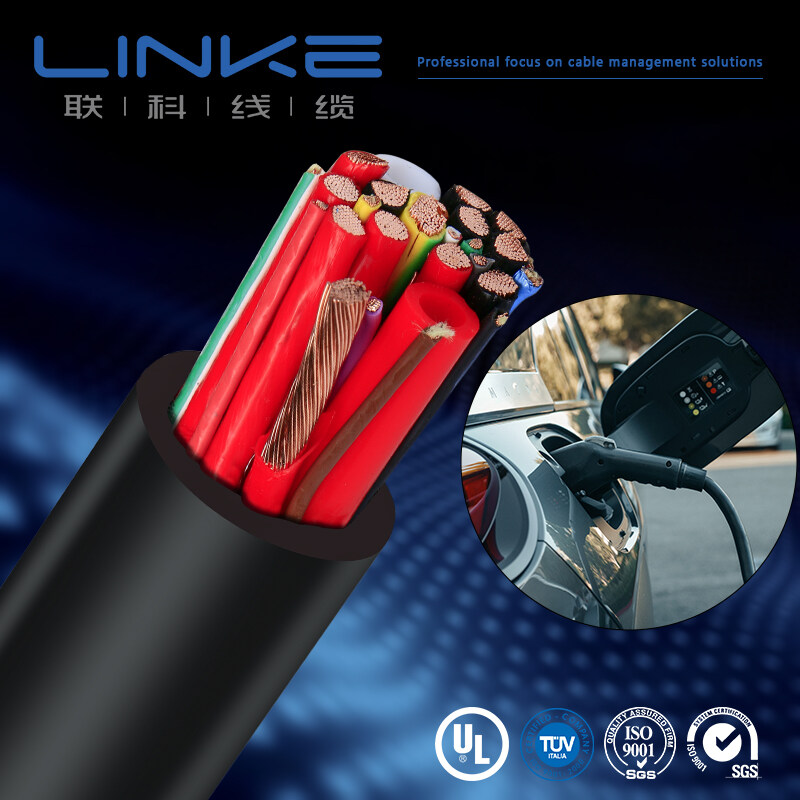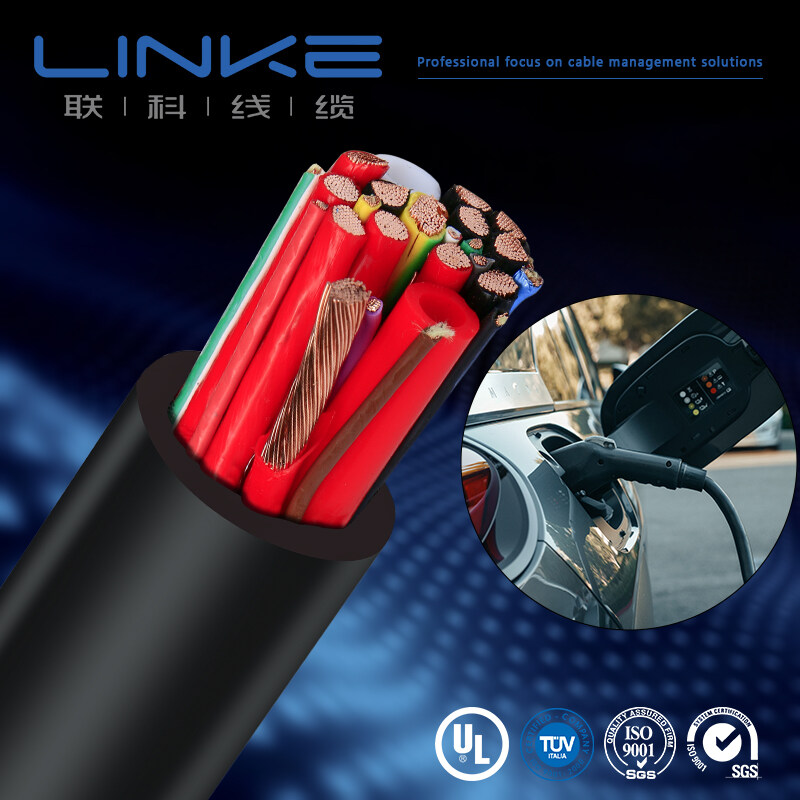Email format error
Email cannot be empty
Email already exists
6-20 characters(letters plus numbers only)
The password is inconsistent
Email format error
Email cannot be empty
Email does not exist
6-20 characters(letters plus numbers only)
The password is inconsistent

News at Linke
News from National Cable And Wire Manufacturing Company.

What cable is used for EV charging?
Introduction
In the ever-evolving landscape of electric vehicles (EVs), the critical question of "What cable is used for EV charging?" has taken on new significance. The charging cable, once a simple conduit for electrical power, is now at the forefront of innovation with the incorporation of liquid cooling technology. This blog post aims to unravel the intricacies of EV charging cables, shedding light on the transformative impact of liquid cooling and the pioneering companies driving this technological shift.
Unveiling the Evolution of EV Charging Cables
Traditionally, EV charging cables served a straightforward purpose: transferring electrical power from the charging station to the vehicle. However, as the demand for faster charging and increased efficiency has risen, a new wave of advancements has reshaped the landscape.
Enter liquid cooling technology.
The answer to the evolving demands of EV charging infrastructure lies in liquid cooling technology. This cutting-edge approach not only addresses the issue of overheating during charging sessions but also unlocks new dimensions of efficiency and durability. Liquid cooling systems, integrated seamlessly into charging cables, represent a leap forward in ensuring the optimal functioning of the entire charging ecosystem.
The Vanguard: Liquid Cooling EV Charging Cable Companies
At the forefront of this transformative technology stands a select group of companies dedicated to pushing the boundaries of conventional charging cable design. These visionary entities have become synonymous with innovation, with a specific focus on liquid cooling solutions. By seamlessly merging advanced engineering principles with sustainable practices, they are redefining the role of EV charging cables in the electric mobility revolution.

Synonyms speak volumes.
Diversifying the language used in discussions about liquid-cooling EV charging cables is crucial for maintaining a natural flow and avoiding keyword stuffing. Terms like "thermal management" and "cooling technology" seamlessly integrate into the narrative, highlighting the broader implications of liquid cooling beyond the cable's immediate functionality. This nuanced approach not only enhances readability but also underscores the multifaceted nature of this groundbreaking technology.
Sustainable Performance at the Core
Beyond the technical aspects, the integration of liquid cooling in EV charging cables embodies the intersection of technology and sustainability. By mitigating overheating concerns, these cables not only ensure user safety but also contribute significantly to the longevity of the charging infrastructure. This dual benefit aligns with the broader industry trend towards eco-conscious solutions, emphasizing the role of EVs in reducing carbon footprints.
A Multidisciplinary Exploration
To fully appreciate the impact of liquid cooling in EV charging cables, it's essential to draw insights from diverse knowledge domains. Engineers and materials scientists collaborate to optimize the technology, ensuring its reliability and safety. Environmental studies experts evaluate the broader ecological implications, reaffirming the interconnectedness of technology and sustainable practices. This multidisciplinary perspective enriches our understanding of the technology's potential and challenges.
Looking Ahead: The Future of Liquid Cooling in EV Charging
In conclusion, the integration of liquid cooling technology into EV charging cables signifies a paradigm shift in the electric mobility landscape. With synonymous terms emphasizing the broader scope of this innovation, it's evident that we're witnessing not just an upgrade in cable functionality but a holistic transformation of the charging experience. As we navigate towards an electrified future, the role of liquid cooling in EV charging cables is poised to be a driving force, ensuring reliability, efficiency, and sustainability for generations to come.

